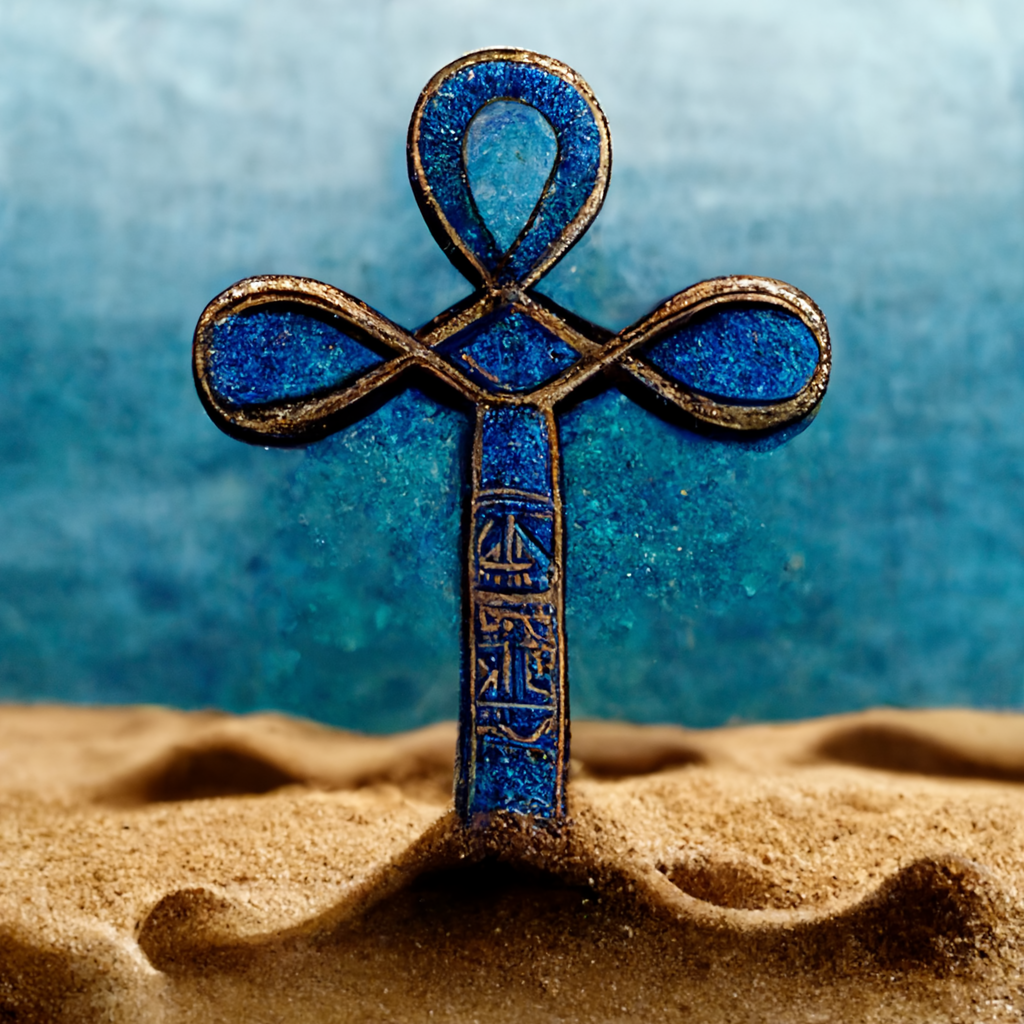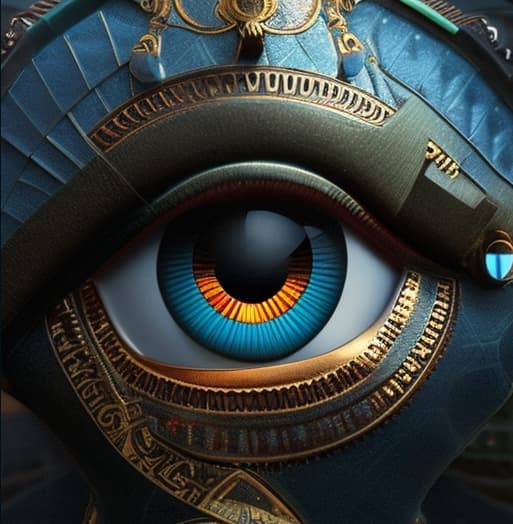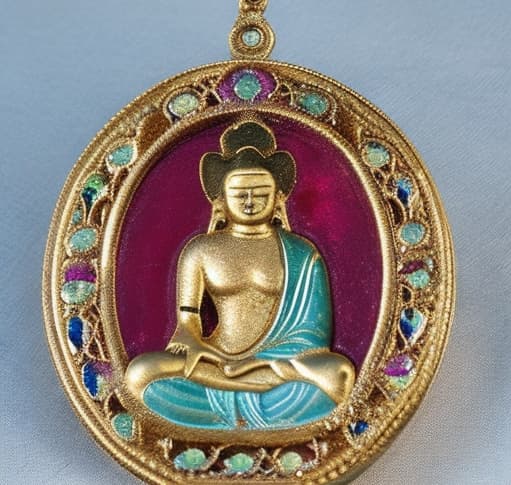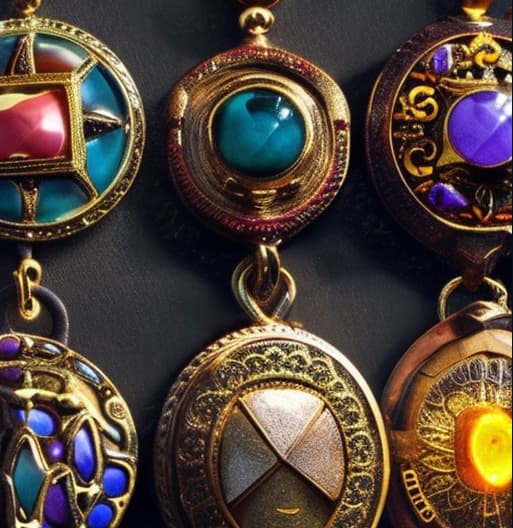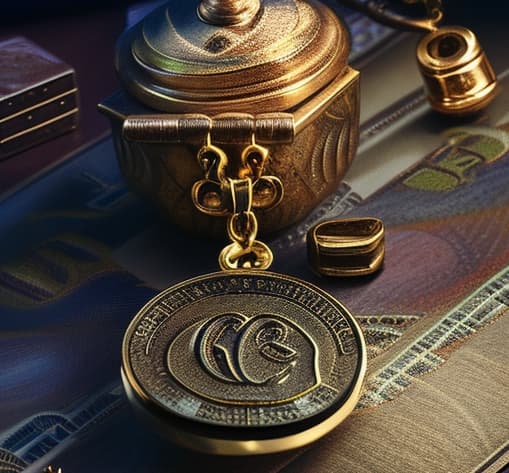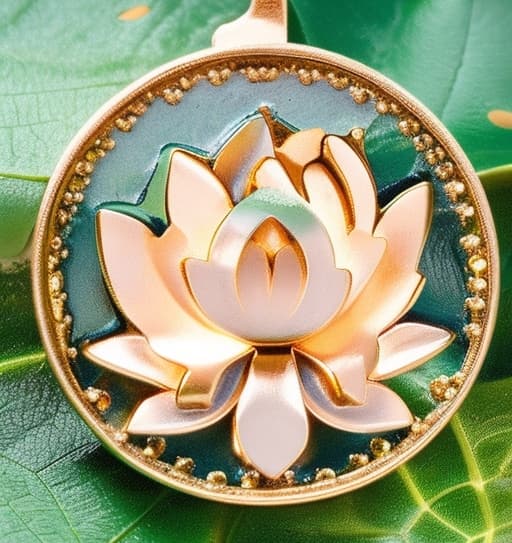The Ankh
The Ankh, a symbol originating in ancient Egypt, embodies the concepts of life, fertility and the afterlife. This powerful emblem has earned the reverence of various cultures throughout history and continues to have significant meaning today.
The Ankh, an ancient Egyptian symbol, carries deep symbolism representing life, fertility and the afterlife. It has been revered by numerous civilisations throughout the ages and still has a unique significance in contemporary society.
This sacred symbol, also known as the Key of Life, is believed to hold the key to unlocking the mysteries of existence and connecting with the divine. Its iconic shape combines a loop at the top, representing eternal life, with a vertical line below, symbolising stability and balance.
In ancient Egypt, the Ankh was closely associated with their gods and goddesses. It was often seen in representations carried by deities such as Osiris and Isis, signifying their power over life and death. The pharaohs were also depicted holding this symbol as a representation of their divine authority and connection to the gods.
The belief in life after death played a crucial role in Egyptian culture.
The meaning of the Ankh in ancient Egypt
The Ankh was considered a powerful symbol of physical and spiritual life. It represented the concept of ma’at, which encompassed ideas of truth, justice, balance and harmony. The loop at the top of the Ankh was believed to hold the key to unlocking these divine principles.
In Egyptian mythology, it was believed that after death, the soul would travel to the afterlife where it would be judged by Osiris, the god of death and resurrection. If found worthy, the deceased could attain immortality and eternal life in paradise.
The Ankh played an important role in this process, as it symbolised not only physical existence but also eternal life beyond death.
History: Origins and development of the Ankh symbol
The origins of the Ankh symbol can be traced back to ancient Egypt, where it first appeared during the early dynastic period (c. 3100-2686 BC). Initially, the Ankh was used as a hieroglyphic sign in writing and represented the word for life or breath. It was often depicted in the hands of gods and goddesses, symbolising their control over life and death.
Over time, the Ankh evolved from a simple hieroglyph to a powerful symbol with deeper spiritual and religious meanings. Its meaning expanded beyond just representing physical existence to encompass divine principles such as balance, harmony, fertility and immortality.
As Egyptian civilisation flourished, so did the prominence of the Ankh symbol.
Symbolism: Interpretation and meanings of the Ankh
The symbolism of the Ankh goes beyond its physical representation and carries profound interpretations. One of its main meanings is the concept of eternal life or immortality. In Egyptian mythology, it was believed that by possessing the Ankh, one could access a future life full of joy and abundance.
In addition, the Ankh symbolises balance and harmony. The loop at the top represents feminine energy, while the vertical line at the bottom signifies masculine energy. Together, they represent a harmonious union between opposing forces, reminding us of the importance of maintaining balance in all aspects of life.
The cross shape of the Ankh also evokes notions of fertility and creation. It is seen as a symbol of divine union and procreation, representing both physical fertility and spiritual growth.
Relevance today: how the Ankh is still in use today
Despite its ancient origins, the Ankh continues to have significance and is still used today in a variety of ways. One of the most common uses of the Ankh is as a symbol of life and vitality. Many people choose to wear Ankh jewellery or incorporate the symbol into their tattoos as a way of expressing their connection to the energy of life and embracing its positive aspects.
In addition, the Ankh has become popular in contemporary spiritual practices, such as crystal healing and energy work. It is believed that by meditating with an Ankh or placing it on certain areas of the body, one can open channels for healing energies to flow and bring balance back into their lives.
The Ankh’s association with healing and balance has also made it a popular symbol in holistic medicine and alternative therapies. Practitioners often use the Ankh as a focal point during energy healing sessions, believing that its form acts as a conduit for universal life energy.
Its spiritual significance, the Ankh has a historical importance in ancient Egyptian culture. It was commonly depicted in the hands of gods and goddesses, emphasising their power over life and death. This connection to divinity further solidifies the Ankh’s role as a potent symbol of vitality and eternal existence.
Controversies and misconceptions surrounding Ankh
Controversies and misconceptions have also arisen around the Ankh, mainly due to misunderstandings or misinterpretations of its meaning. Some people mistakenly associate it with satanic or occult practices, attributing negative connotations to the symbol. However, such interpretations are not supported by historical evidence or an accurate understanding of ancient Egyptian culture.
In addition, there have been instances where the Ankh has been appropriated and used inappropriately for commercial purposes or as a fashion statement without respect for its cultural significance. This disregard for its sacredness can be seen as disrespectful and can lead to further misconceptions about its true meaning.
Another controversy arises from the debate over cultural appropriation when people outside Egypt’s heritage use the Ankh without fully understanding or respecting its origins.
This issue highlights the importance of cultural sensitivity and education. It is crucial to educate ourselves about the cultural symbols we use and to respect their origins and meaning before incorporating them into our own lives or businesses.
By understanding the history and meaning behind the Ankh, we can appreciate its true value as a symbol of life, prosperity and eternal existence in ancient Egyptian beliefs. This knowledge allows us to use it appropriately, with reverence for its cultural context.
The enduring legacy of the Ankh
The legacy of the Ankh lies not only in its symbolism, but also in its impact on contemporary culture. Over the years, the Ankh has transcended its origins and has become a popular motif in various forms of art, fashion and even tattooing. It has been adopted by people seeking to connect with ancient wisdom or simply attracted by its aesthetic appeal.
However, it is crucial to recognise that while the Ankh may have personal significance for many people today, it remains deeply rooted in Egyptian spirituality and mythology. Understanding this context allows us to appreciate its true essence and to avoid appropriating or diluting its meaning.
Moreover, the endurance of the Ankh as a symbol speaks volumes about the universal human yearning for life and immortality.
The Ankh remains a powerful symbol that has deep meaning for many people, both in antiquity and in modern society. Its rituals, symbolism and history provide insight into the beliefs and practices of ancient Egypt, while offering inspiration and guidance to those who seek its wisdom today. Despite controversy and misconceptions, the Ankh remains an enduring legacy that reminds us of our connection to life, eternal renewal and spiritual enlightenment.

